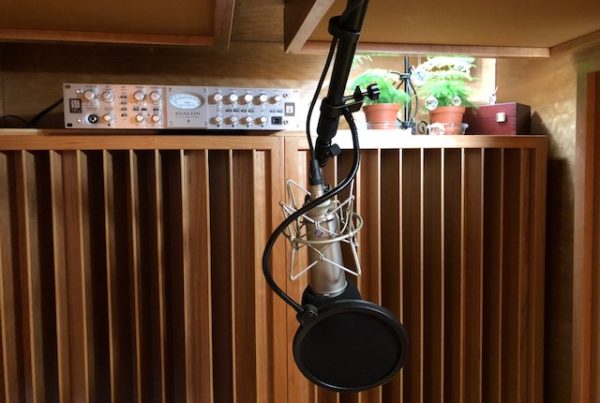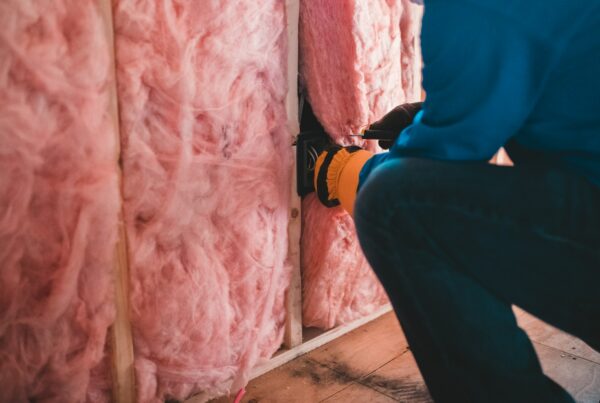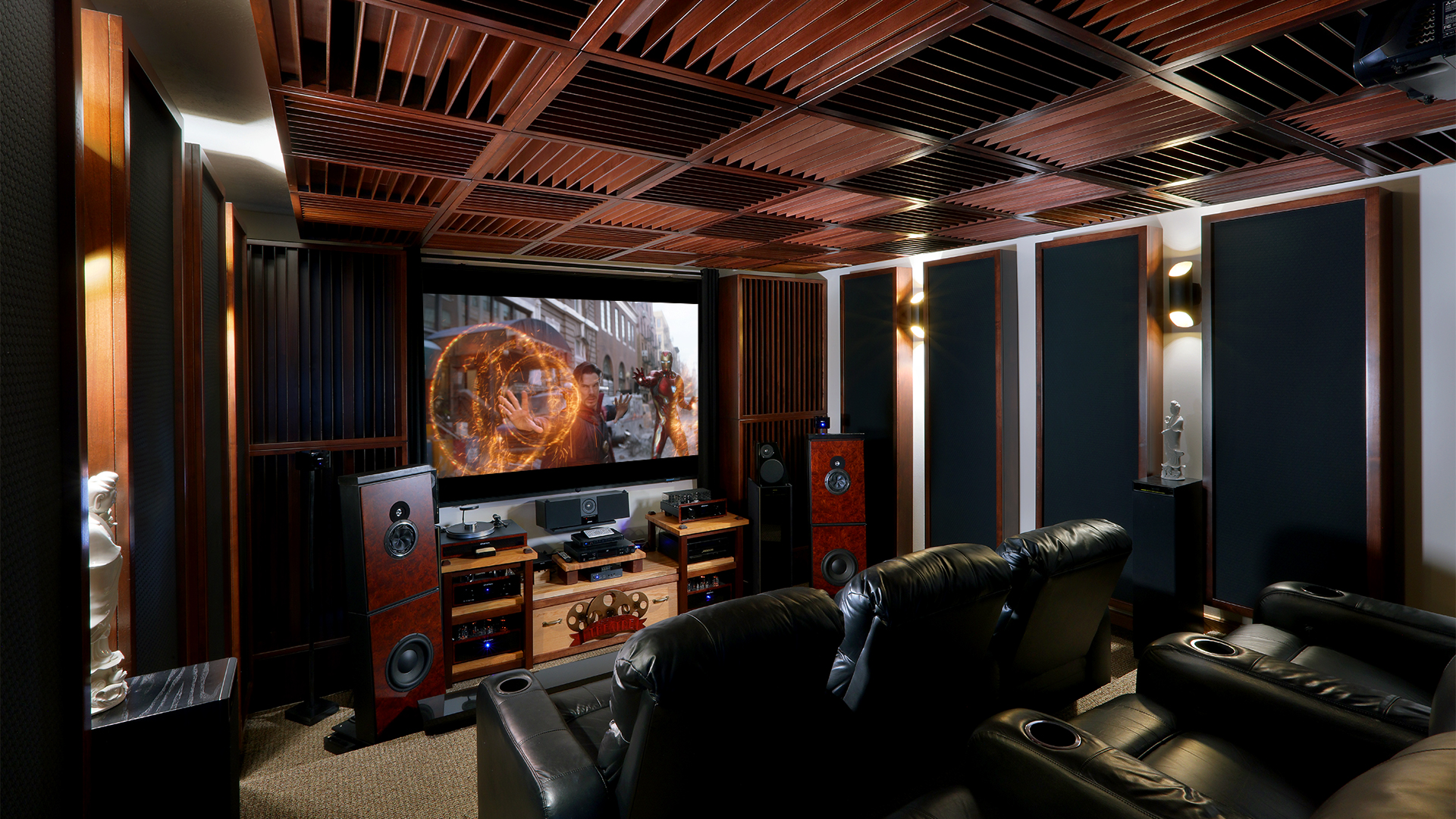Decorative sound panels are just that, they are decorative. They lack performance for many reasons. First, let’s back up a bit and discuss how a decorative sound panel works. A decorative sound panel is mainly for middle and high frequencies. It will normally do nothing for low frequencies. Middle and high frequency decorative sound panels work on a principle called molecular velocity. They work by air flowing across their surfaces. When the air moves across the face of the decorative sound panel, friction is created. Friction produces small amounts of heat which causes an energy transformation. When the energy is transformed, absorption occurs. Air movement across the face of a decorative sound panel must be uninhibited and not restrained in any form or fashion. This is where the first issue comes into play.
Most decorative sound panels have a face material type that does not allow for enough air movement across the face of the panel. The emphasis on most decorative sound panels is on the appearance and not the performance. In order for the required amount of performance to occur, we must have a material type that covers the panel to have air permeability. This means that the covering of the decorative sound panel allows for air to flow through it and reach the sound absorption technology that is inside the panel. Most decorative sound panels do not offer the correct amount of air flow across the material surface because of the decoration used upon its face. Any material type that is used on the face of the panel must allow for what we call air permeability. We must be able to transmit at least 95% of the air moving across the panel into the sound absorbing panel inside it.
This brings us to the second issue of performance. The material used inside the panel is normally a building insulation type material. Building insulation is a common material type because it is cheap and does absorb energy. However, it lacks the prop[er rate and level of absorption when it comes to music and voice. People who use these panels complain that their music is too dead. The reason for this is that the rate and level of absorption created by using building insulation is not correct for music and voice. Building insulation destroys the harmonics of our music and voice. Building insulation works on the principle of thermal conductivity. It was never designed as an acoustic tool. It is designed to keep your room warm and cool. As with most things, its usage has been perverted by the ignorance of people who manufacture it.
The rate and level of any sound absorbing panel is critical. The rate is defined as to how much energy is absorbed at each octave band. The level is defined as to what frequency range the unit works at or specifically how low it goes down to. At www.acousticfields.com, we design products that work specifically for music and voice. Music and voice requires that the treatment used to manage the pressure and reflections created within our rooms. Let’s examine our open celled foam technology. Our open celled foam technology is used inside our decorative sound panels. Look at the graph of the rate and level of performance of our foam technology. Notice the red line’s performance. Notice how smooth and gradual the absorption amounts are at each frequency. This is the proper rate and level of performance that is required for a high resolution technology that won’t destroy the harmonics. https://www.acousticfields.com/product/acoustic-foam/
Most acoustical products in the marketplace do not focus on performance. They focus on cost, size, and appearance. Most products are manufactured to be sold to the uninformed and ignorant when it comes to how sound energy performs within a room. People will buy cost and appearance almost all the time. They will get the units into the room, get them installed and then be disappointed with the overall sound quality of the room. With any small room acoustic issue, you must first define the issue you are facing and then apply the proper treatment type to your specific frequency and amplitude problem. With lower frequencies, you must select enough treatment and place it in the proper position. You cannot place it where you think it should go. You must place it in the position within the room that is producing the pressure or reflection issues. At www.acousticfields.com, we can assist you with your room evaluation. Fill out the information in this link and schedule a call to go over your room issues by phone. This is a free service. https://www.acousticfields.com/free-room-analysis/







